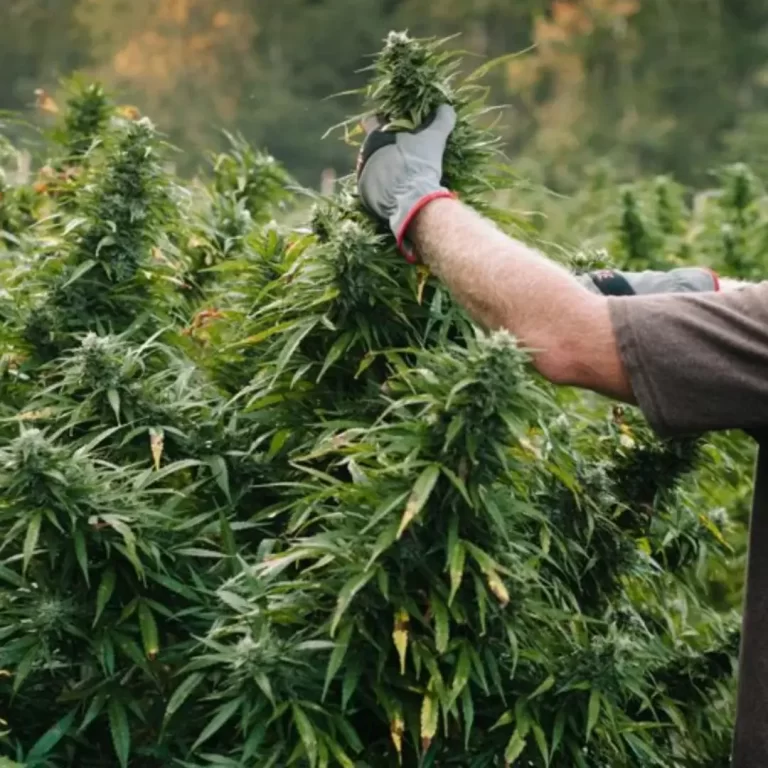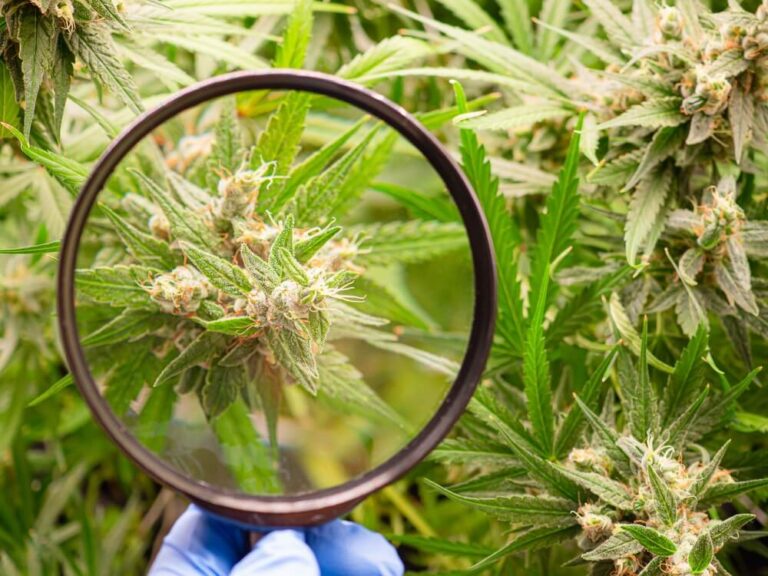
Cannabis Industry Brings More Jobs to Agricultural Industry
- Cannabis News
- Cannabutter Digest
Rarely do you hear children exclaim that they want to be farmers when they grow up. Statistics indicate the agricultural workforce is shrinking. Similarly, there is a general decline in interest in the industry. However, industry reports indicate almost 30 percent of American jobs are directly tied to the food and agricultural industry. With interest waning, especially among young people, how do you inject hope and optimism into an industry vital to American livelihood? The answer may be legalized cannabis.
New Opportunities for Growth in the U.S. Agriculture Industry
Think of good old American farmland. What types of products come to mind? Do you think of rows of Nebraska corn fields? Or tall groves of California almond trees? America has cultivated a strong agricultural heritage. The country produces large volumes of corn, soybeans, wheat, sugar beets, and citrus every year. Unfortunately, interest in the agricultural industry has been steadily declining in recent years.
The agricultural industry needs an infusion of new and innovative crops. These crops must have the power to boost job opportunities and interest in a diminishing American institution. Legalized cannabis may be the cash crop the American agricultural industry needs to pull itself out of its slump.
Reports indicate that the legal cannabis industry currently supports at least 428,059 full-time jobs in the U.S. Despite uncertainty during the Covid-19 pandemic, 2021 was the fifth consecutive year the legal marijuana industry showed annual job growth, an impressive feat for any industry. By 2025, the market is expected to approach $45 billion in revenue annually and could support as many as 1.75 million jobs, including in the agriculture sector.
Although still relatively new in many states, the legalization of marijuana is associated with an increase in adult employment in the agricultural sector in early-adopting states like Colorado and California. One study conducted by Oregon State University also finds positive implications for the agriculture industry and small farms. Although there are concerns about resource scarcity and higher land prices, participants in the study noted that cannabis legalization helped diversify and increase agricultural income. The cannabis industry also helped increased cash flow and property values.
Will Hemp Help Pave the Way for Change?
A national farm bill signed into law in 2018 is still making waves and may help pave the way for change in the agricultural industry. On December 20th, the 2018 Farm Bill became law. Provisions in the measure offered aid to the dairy industry, boosted crop insurance for farmers, and increased agricultural loan limits. However, many people don’t realize the farm bill also contained provisions that legalized federal land for the growth and cultivation of hemp. Hemp is technically a type of cannabis plant.
The United States Department of Agriculture estimates the total value of American hemp production to be close to $824 million. Data also indicates that hemp farming quadrupled after the passage of the 2018 Farm Bill, boosting the agricultural industry and offering new growth opportunities to existing farmers. Expanding to include hemp cultivation also created new career opportunities in sales, research, and oversight, in addition to farming. If the boom in the hemp industry is any indication, the widespread legalization of cannabis could further bolster the agriculture industry in the United States.
The Grass Isn’t Always Greener
While there are numerous benefits to legal cannabis cultivation, like other crops, marijuana isn’t without its drawbacks. Marijuana is still subject to the laws of supply and demand. During the Covid-19 pandemic, cannabis demand was booming. That demand has tapered off as inflation drives the price of necessities like food and gas ever higher. Supply from growers continues to flood the market, but customer demand can’t keep up as people scale back their discretionary spending. One marijuana cultivator says she has had to scale back her operation to maintain her business model and stay afloat. Tumbling prices and falling demand make it more challenging for growers to remain competitive in the market and earn a living.
Shifting market conditions impact all farmers at some point in time. Why are cannabis cultivators so sensitive to changing market conditions? It’s partially because cannabis is still considered a Schedule I illegal substance by the federal government. Consider this example. In 2018 and 2019, soybeans took over the world stage. At the time, President Trump embarked on a trade war with China, saying he was fighting the trade deficit and “unfair” trade practices by the Chinese government. In return, the largest consumer of soybeans limited U.S. exports of the crop into their country. The soybean market went into free fall, and farmers scrambled to stay solvent.
What does the soybean market have to do with marijuana cultivation? It’s simple. When the market tumbled, the federal government stepped in to help cover the losses of soybean farmers across the United States. Farmers were paid billions as compensation for their losses. Marijuana growers would not be so lucky today. Considered an illegal drug by the federal government, marijuana growers have no such protections, protections often granted to numerous subsets of the agricultural industry.
The soybean example is not uncommon. In 2020, the federal government approved $35 billion in emergency aid to farmers. That money came in addition to another $10 billion earmarked in traditional farm subsidies. When times get tough, cannabis cultivators can’t rely on the federal government for a hand-out to lift them out of economic hardships.
Hope for the Future
Cannabis cultivation offers an exciting new direction for agriculture, infusing the industry with new crops, growing methods, and an influx of young talent. Unfortunately, barriers still exist in this country, making expanding cultivation challenging and limiting the growth potential of both the agricultural and marijuana industries.
As interest in legalized marijuana and cultivation continues to bloom, cannabis may find itself on the brink of an agricultural revolution, just like its cousin hemp.
Read More at Cannabutter Digest
Did you enjoy this piece? If so, you should find plenty more to pique your interest at Cannabutter Digest, including our news feed, our product reviews, and our tasty recipes!






